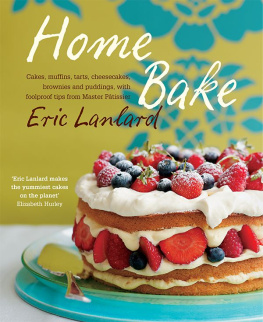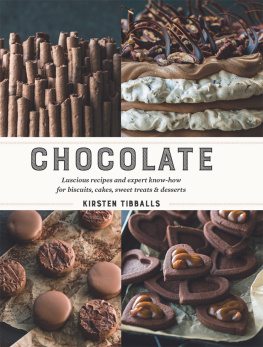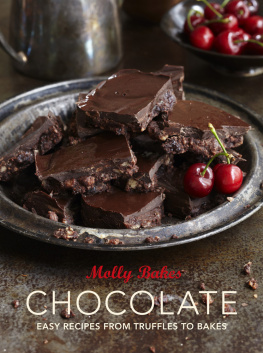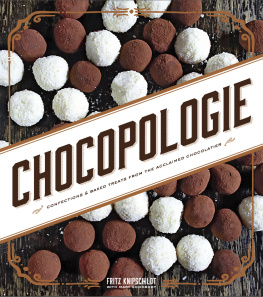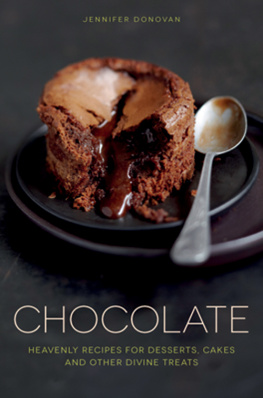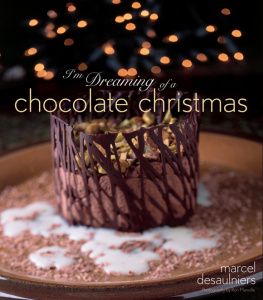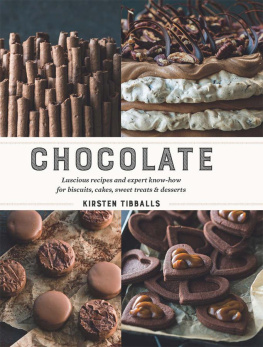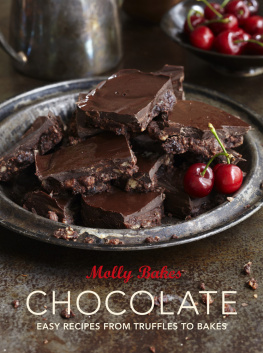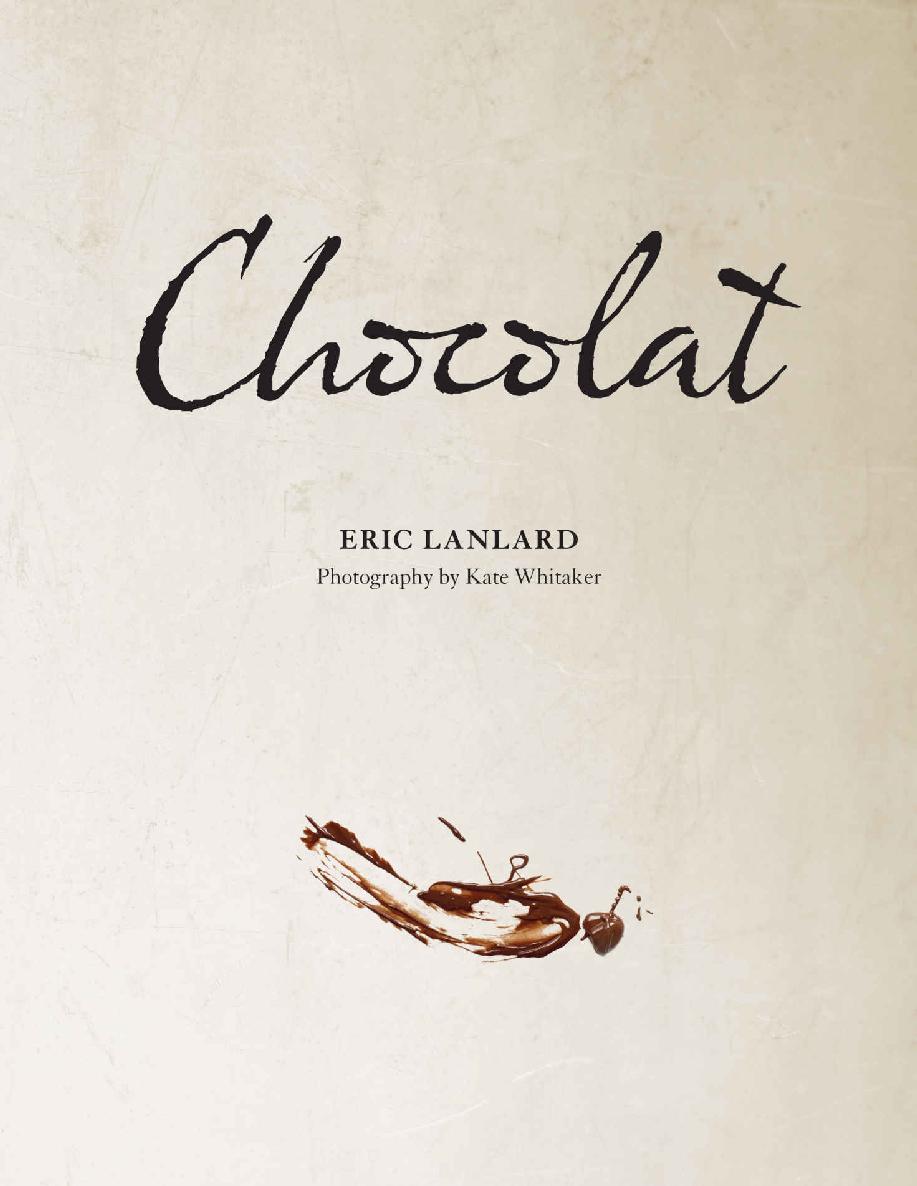
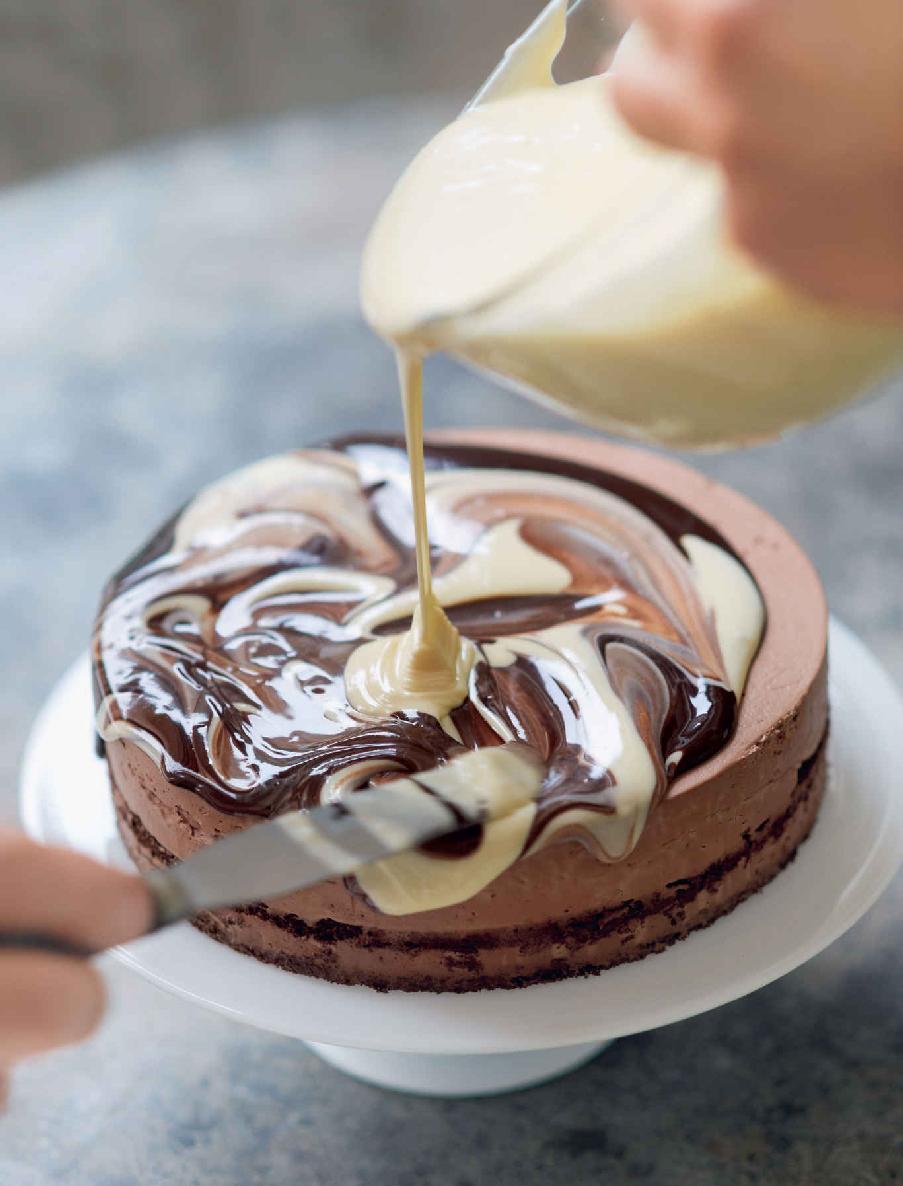
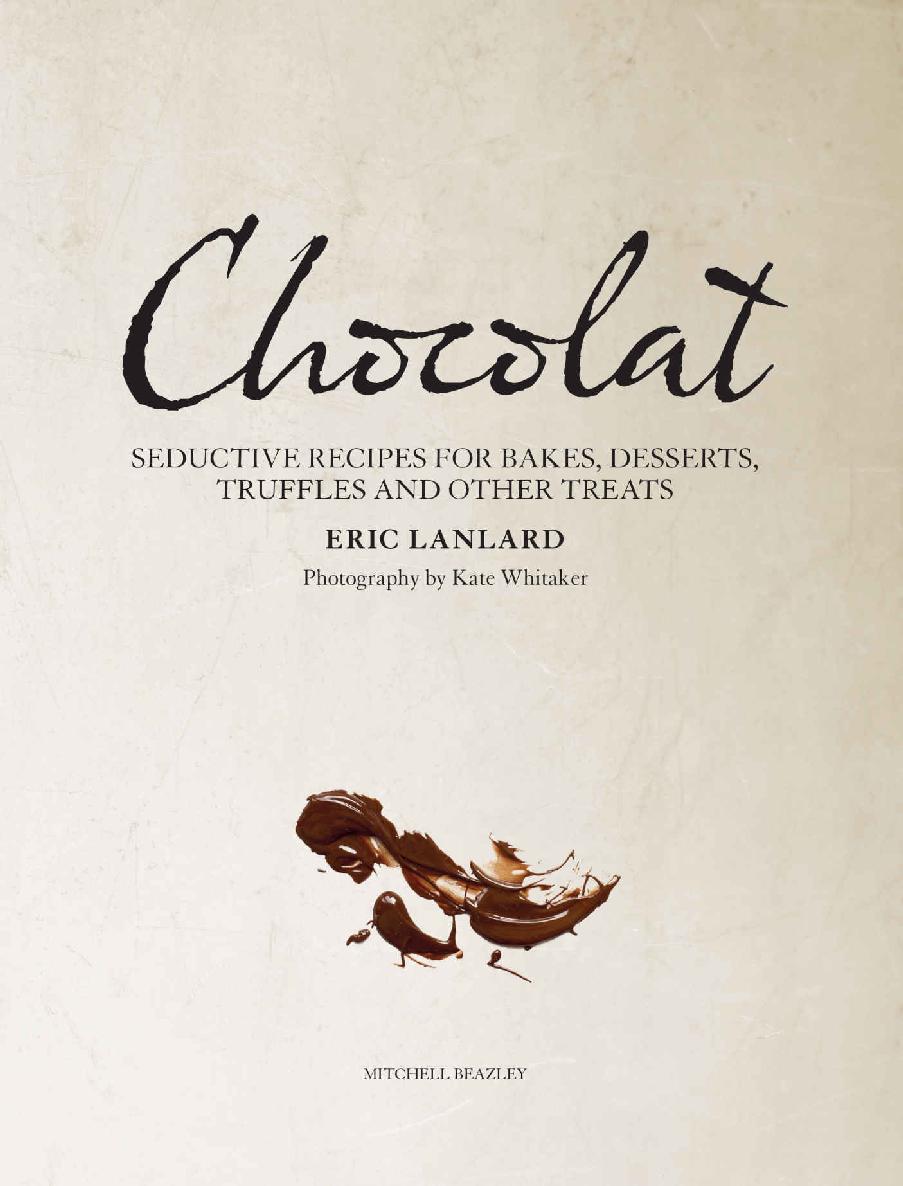
To Paul and Bobby, for their continuous support.
First published in Great Britain in 2013 by Mitchell Beazley,
an imprint of Octopus Publishing Group Ltd,
Endeavour House, 189 Shaftesbury Avenue,
London WC2H 8JY
www.octopusbooks.co.uk
Reprinted in 2013 (twice), 2014
An Hachette UK Company
www.hachette.co.uk
Text copyright Eric Lanlard 2013
Design and layout copyright Octopus Publishing Group Ltd 2013
Photography copyright Kate Whitaker 2013
The right of Eric Lanlard to be identified as the Author of this work has been asserted by him in accordance with the Copyright,
Designs and Patents Act 1988.
All rights reserved. No part of this book may be reproduced, stored in a retrieval system or transmitted, in any form or by any means, electronic, electrostatic, magnetic tape, mechanical, photocopying, recording or otherwise, without the prior permission in writing of the Publisher.
British Library Cataloguing-in-Publication Data.
A catalogue record for this book is available from the British Library.
Publisher Alison Starling
Art direction and design Juliette Norsworthy
Senior editor Sybella Stephens
Home economists Rachel Wood, Wendy Lee
Photography Kate Whitaker
Prop stylist Liz Belton
Production Caroline Alberti
ISBN: 978 1 84533 694 3
All recipes have been tested in metric.
Medium eggs and whole milk should be used, unless otherwise stated.
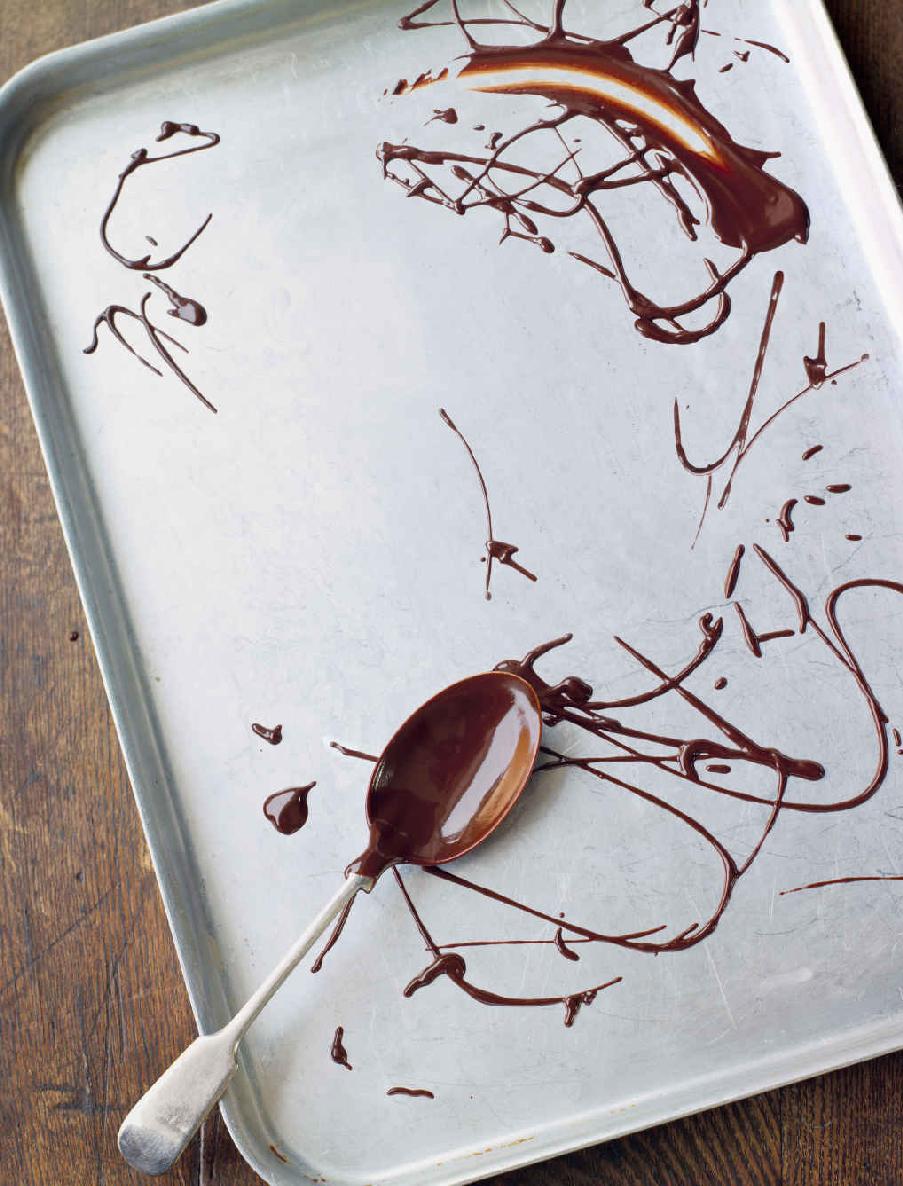
Contents
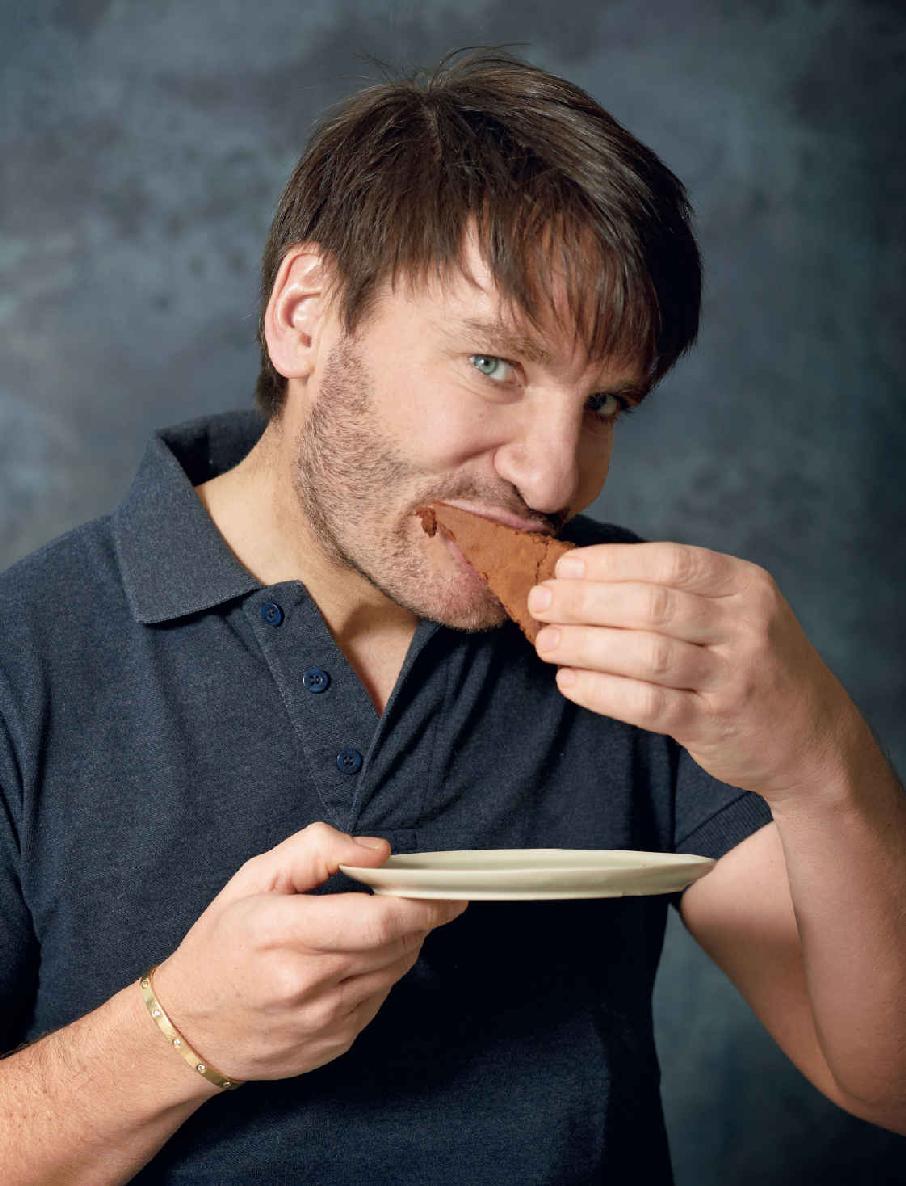
Introduction
At the age of ten, my attraction to chocolate the food of the gods had already started. In fact, my memories go much further back to my familys daily visits to the local boulangerie, where we would buy a brioche and a single bar of dark Chocolat Poulain the trick was to push the bar up without breaking it and enjoy it on the way to school. The reason that, years later, I chose Le Grand Ptisserie in Quimper for my apprenticeship is because it was the only local boutique that made its own chocolate!
My fascination with this precious ingredient is still with me and over the years I have made it my mission to discover the history and origins of chocolate, and the techniques of its production. To understand the whole process, from cocoa bean to an indulgent, finished product, I have been lucky enough to walk through a fertile hacienda in South America and a plantation in Trinidad, to touch, taste and smell the raw ingredient and then witness the long process of the cocoa beans being roasted, conched, blended and moulded into delicious chocolate bars, eggs or other fabulous shapes.
But as much as I adore eating chocolate, its as a baking ingredient that I love it the most and with this new book I want to share my passion for chocolate with you. From indulgent chocolate drinks, tarts, muffins and mousses to gteaux, petits fours and elaborate creations for special occasions, join me in the madness of baking with chocolate!
Eric x
A brief history of chocolate
Originating in the rainforests of Central America, the cacao tree was first cultivated as early as 1500BC by the Olmecs, followed later by the Maya and the Aztec peoples, who enjoyed a beverage called chocolati (bitter water). The drink was made by roasting and crushing cocoa beans on hot stone, then the rich paste was mixed into hot water with the addition of vanilla, pepper, cinnamon and aniseed. It was enjoyed as a nourishing, power-busting drink and aphrodisiac. The Maya and the Aztec peoples also used the precious beans as money taxes and slave transactions were paid and made with cocoa beans.
In 1519, the conquistador Hernn Corts reached modern-day Mexico and began the conquest of that country. The Aztec emperor Montezuma gave Corts a cup of freshly prepared cocoa, who later wrote: After drinking this elixir you could just go on and on and travel the world without fatigues and without need for other food. In 1524, Corts sent Charles I of Spain a cargo of cocoa beans and the king of Spain and his court enjoyed the delights of this precious ingredient, adding honey to it to make it sweeter. Spain kept its monopoly of the cocoa trade for years until it started to appear all over Europe during the 17th century, especially in Italy, France and Great Britain.
As chocolate grew more popular, the way to treat it became more sophisticated, with new techniques and machinery introduced, but it wasnt until 1802 that the Italians fully industrialized chocolate production. Milk chocolate was first made by a Swiss named Daniel Peter in 1875, and his compatriot Rodolphe Lindt invented the conching process to refine the texture of chocolate, which revolutionized the way chocolate is made and eaten.
The production process
My favourite treat begins its life inside a cocoa pod, which grow on trees in the tropics of West Africa, Southeast Asia and South America (the best varieties are grown on small family farms or haciendas) the cocoa beans, from which chocolate is made, are the seeds of the cacao tree found within the pod.
The cocoa pods are harvested and taken to cooperatives where they are opened. The seeds and pulp are scooped out, then fermented and dried. The cocoa beans are then taken abroad to be processed. The dried beans, like coffee, are roasted and crushed, then the husks are removed and the cocoa nibs are pressed through rollers to make chocolate liquor. After more pressing, the combination of cooling and heating processes and the addition of sugar and other ingredients, the final precious product runs free from the heavy machinery and is then transformed into bars, buttons and chips ready to be eaten or used in baking.
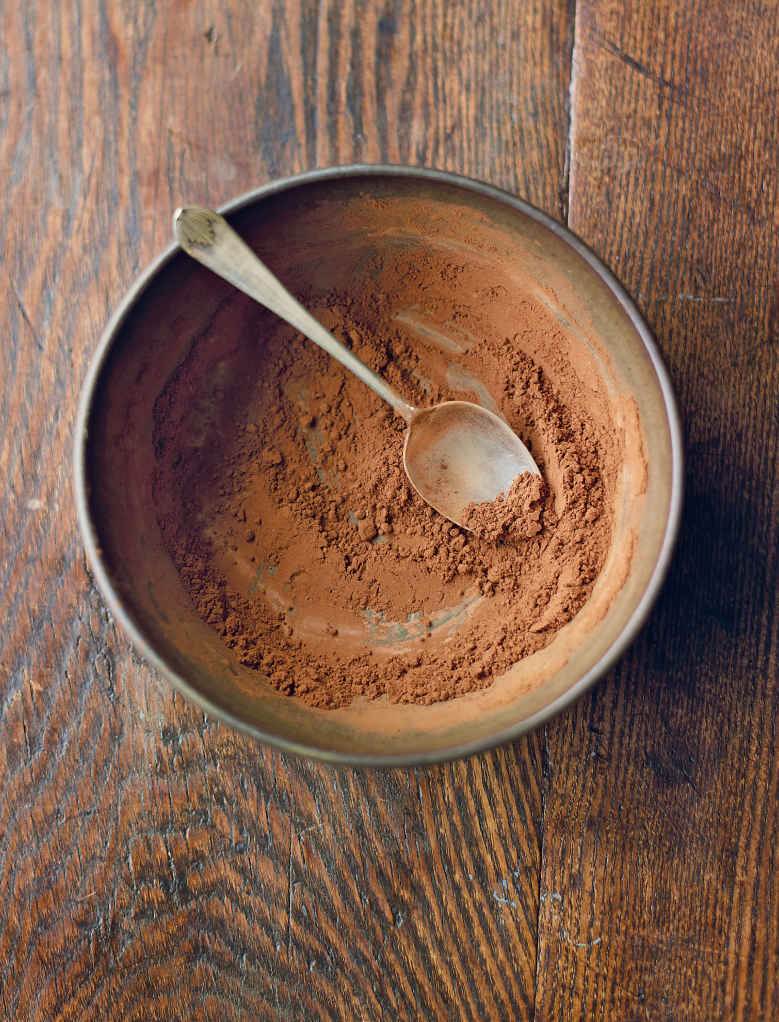
Know your chocolate
How to choose a good chocolate
Choosing a good chocolate is first a question of taste. In its raw state, cacao is bitter, so the taste and quality of chocolate depends on the percentage of cocoa solids it contains, the provenance of the cocoa beans and the production process. A good-quality chocolate has a shiny finish and is brittle, with a strong characteristic taste and smoothness, and it should not stick to the palate. A premium chocolate will also have mostly cocoa butter as its main fat content. For baking or making desserts, I personally like to use chocolate with a maximum of 70% cocoa solids, as chocolate with a higher percentage of cocoa solids can be too bitter.
Storing chocolate
Avoid storing chocolate in the refrigerator keep it in a cool (1520C/5968F), dry and dark place away from strong odours like spices, strong foods or other cooking smells.
Next page

